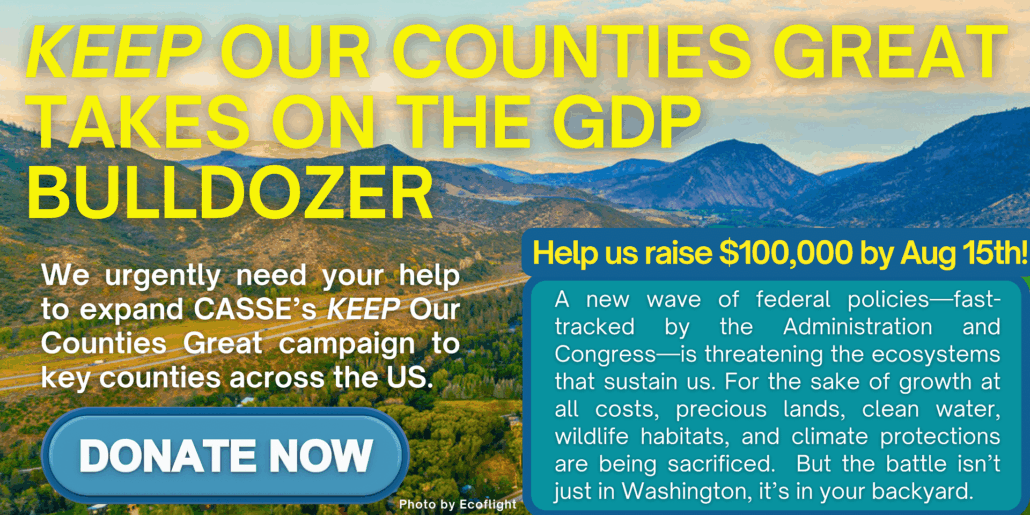In the Poconos, They’re Keeping Carbon County Great
By Dave Rollo
In Carbon County, Pennsylvania, the conservation ethic runs deep. It manifests in the county’s comprehensive plan, its “return on environment” analysis, and most recently, a fund to preserve open space, which voters overwhelmingly supported.
Carbon County derives its name from the abundant deposits of anthracite—the highest quality coal—that were once mined there. The county is located in the southern Pocono Mountains,
